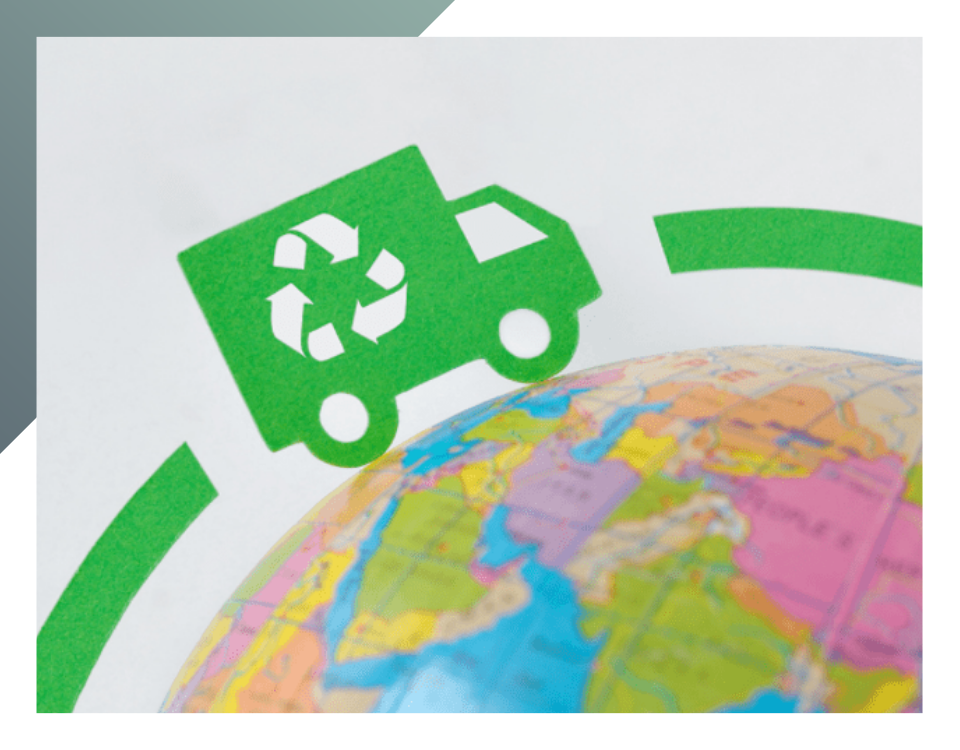Environmental sustainability and circular economy system are increasingly prevalent topics in Packaging Industry in various sectors. The Ministry the of Ecological Transition has issued the Decree 116/2020 regarding environmental labeling for packaging to help companies to provide clear and accurate environmental characteristics of their packaging intended for consumption in Italy. At the same time, the Ministry, in line with European directives, aims to increase consumer awareness about waste management and separation. Mandatory packaging labeling, as required by law, thus provides information about the materials composing the packaging in all its components and also correct disposal methods following specific standards, which we will explore in detail into in this article.
Regulatory Framework: Amendment of Packaging Labeling Guidelines
To incorporate EU Directive 2018/851 on waste and EU Directive 2018/852 on packaging and packaging waste, on September 11, 2020, Legislative Decree No. 116 of September 3 was published in the Official Gazette, promoted by the Ministry of the Ecological Transition and effective from January 2023.
Paragraph 3 of the newly enacted regulation amends the previous Paragraph in Article 219 of Legislative Decree No. 152 of April 3, 2006, concerning “Informative Criteria for Packaging Waste Management Activity”, with the aim of exploring packaging disposal methods in depth. The new legal provisions contribute to helping consumers in identifying the material and its proper recycling by obliging companies to provide clearer information about its composition (glass, plastic, paper, cardboard, aluminum, etc.) and its final destination. In addition, they offer guidance on the correct way to communicate any voluntary environmental self-declarations.
With the inquiry of November 11, 2022, the Ministry of the Ecological Transition clarified that pharmaceutical packaging is exempt from the obligations prescribed by the regulation. This means that for packaging of human or veterinary medicines and medical devices, the obligation of environmental labeling will only be valid following a specific decree drafted in collaboration with the Ministry of Health.
How to create the new labels?
The regulation stipulates that labels must be applied to packaging “according to the methods established by applicable UNI technical standards and in accordance with determinations adopted by the European Union Commission, to facilitate the collection, reuse, recovery, and recycling of packaging, as well as to provide correct information to consumers about the final destinations of packaging.” Companies are obligated to clearly and easily show essential information for identifying and classifying the materials of packaging in all its components (box, sachets, etc.), referring to the standards provided by European Commission Decision 129/97/EC. Before the new obligations, the information contained in environmental labels was still regulated by UNI standards, but remained optional.
The information may vary depending on the intended use of the packaging and must be included through an alphanumeric code (composed of material abbreviation and specific numbering) which identify packaging materials according to Decision 129/97/EC. In the case of packaging intended for the end consumer, the regulation obliges manufacturing companies to include not only the material identification code but also important information useful for proper waste separation on the packaging.
If the packaging is intended for the B2B channel, only the alphanumeric material identification code as per Decision 129/97/EC is mandatory, while additional information regarding waste separation is voluntary.
Conai (National Packaging Consortium) offers manufacturing companies guidelines based on their interpretation of the legal text. These guidelines are highly useful for correctly including both mandatory information as stipulated by the regulation and additional voluntary declarations, thus adding value to waste separation and packaging recycling. The guidelines propose schemes and suggestions to correctly construct labeling based on the type of information (categorized as necessary, highly recommended, and recommended), the ideal graphic presentation, the chosen position to ensure maximum visibility of the content (including the possibility of incorporating the code on each packaging component or only on the case artwork), and different scenarios involving single-component or multi-component packaging.
Digital Support
The regulation allows to integrate or completely replace the physical environmental labeling through digital tools. The use of digital channels such as apps, QR codes, websites, or web platforms is always permitted, as also specified in the dedicated vademecum prepared by Conai. Digital channels can be used for transmitting information as required by law, both for the B2B and B2C circuits. Companies can choose to make the label entirely digital or communicate only certain information (mandatory or additional) through online methods. The transmitted information must be clear and in line with the regulations. In the case of packaging intended for customers, it is obligatory to specify on the packaging easy-to-understand instructions for digitally accessing required and/or additional information. For packaging intended for commercial or industrial use, these specifications can also be included in technical or transport documents.
Eurpack ensures compliance with legal obligations through an in-depth understanding of regulations and proper methods of transmitting environmental labeling information, physically or digitally.
How can we help you?
If you would like to learn more about our commitment to sustainability or have any questions about our projects and initiatives, we are here to provide you with all the information you need.



